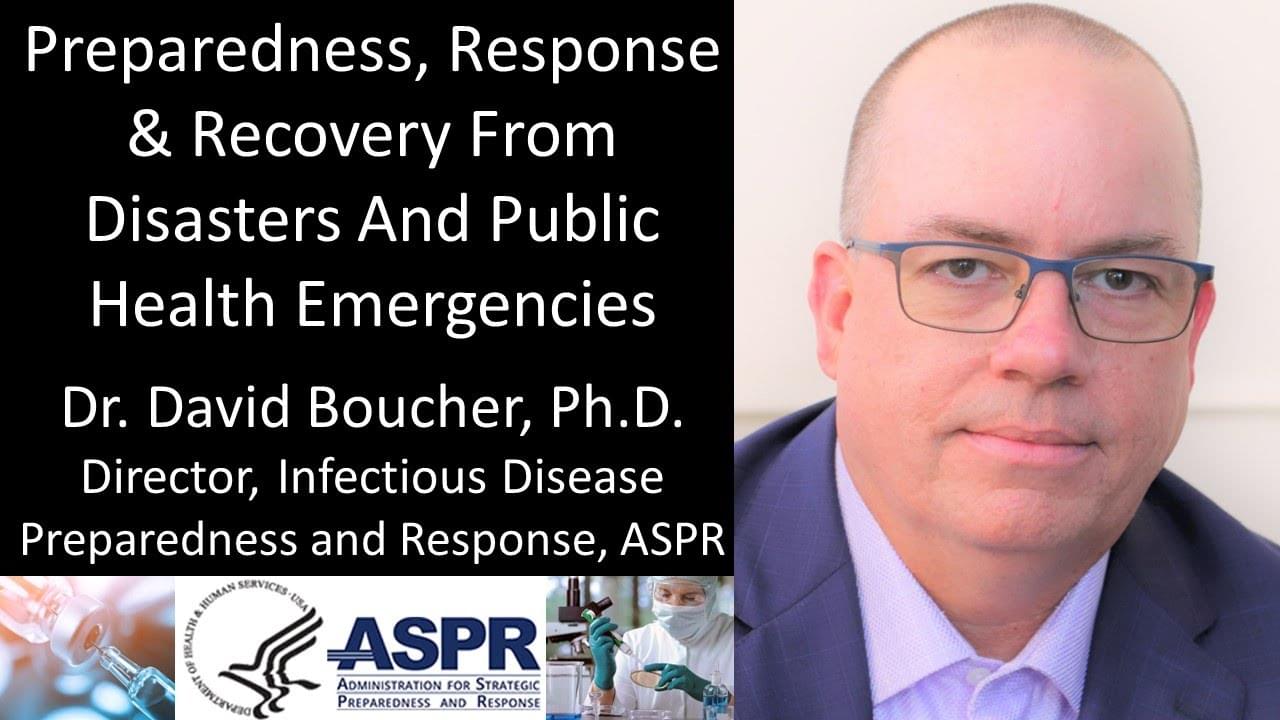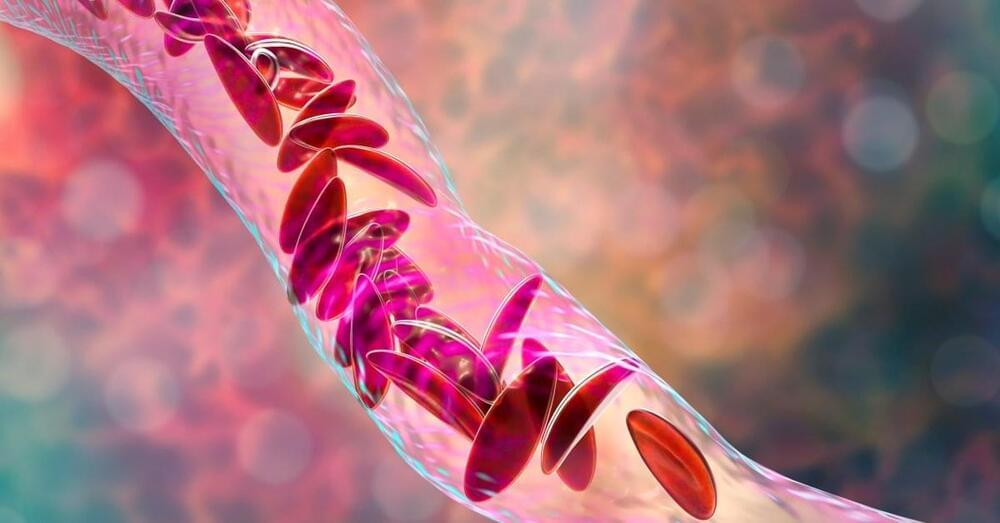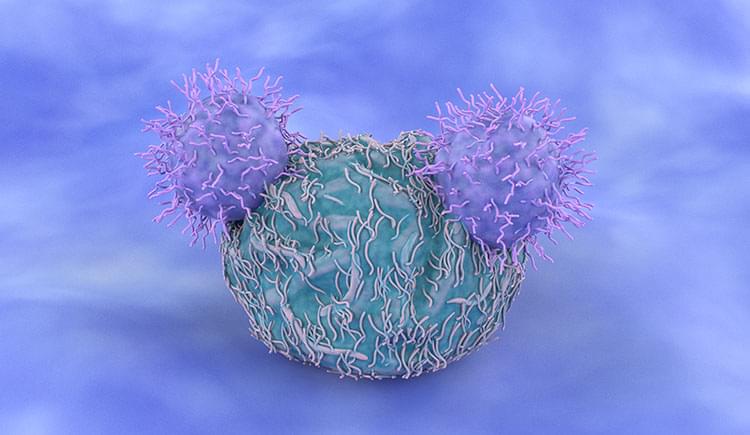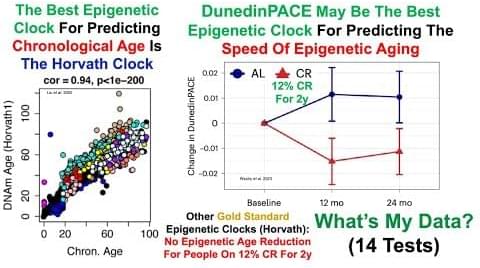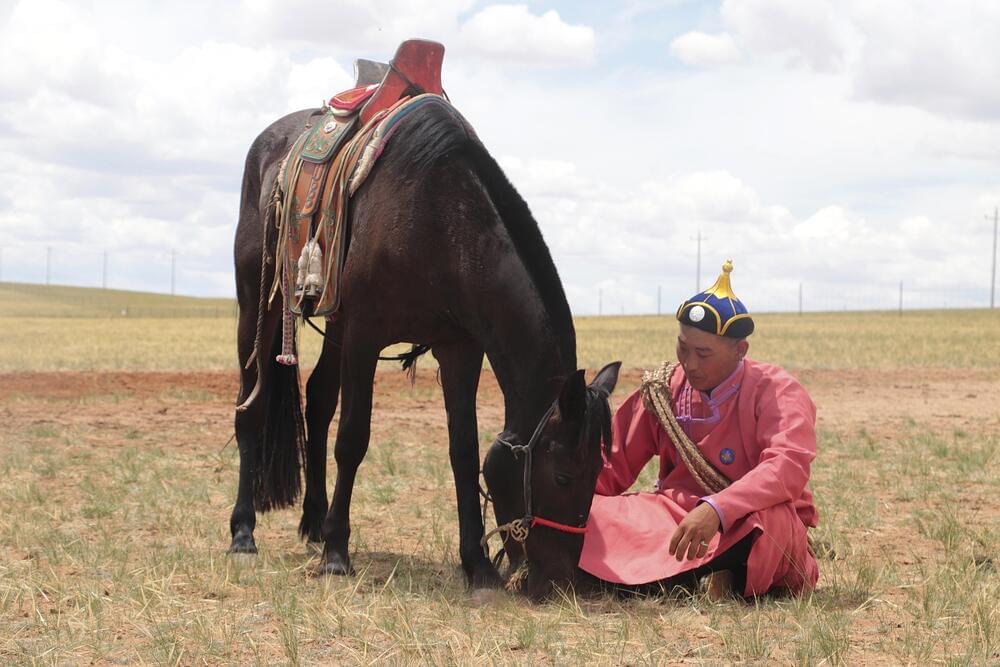Is Director, Infectious Disease Preparedness and Response, Administration for Strategic Preparedness and Response, U.S. Department of Health and Human Services (https://aspr.hhs.gov/Pages/Home.aspx).
The HHS Administration for Strategic Preparedness and Response (ASPR) leads the nation’s medical and public health preparedness for, response to, and recovery from disasters and other public health emergencies.
ASPR collaborates with hospitals, healthcare coalitions, biotech firms, community members, state, local, tribal, and territorial governments, and other partners across the country to improve readiness and response capabilities.
Dr. Boucher previously held several other critical roles in the organization, including as Chief of the Antivirals \& Antitoxins branch at BARDA’s Anthrax, Botulinum, Ebola and Smallpox therapeutics program office, Acting Director for the Administration for Strategic Preparedness and Response’s Office of Industrial Base Management and Supply Chain (IBM/SC) and serving as HHS’s lead negotiator for product development/procurement agreements for COVID-19 medical countermeasures.
Dr. Boucher has a Bachelor of Science (B.S.), Genetics, and a Doctor of Philosophy (PhD), Biochemistry and Molecular Biology from University of California, Davis.
